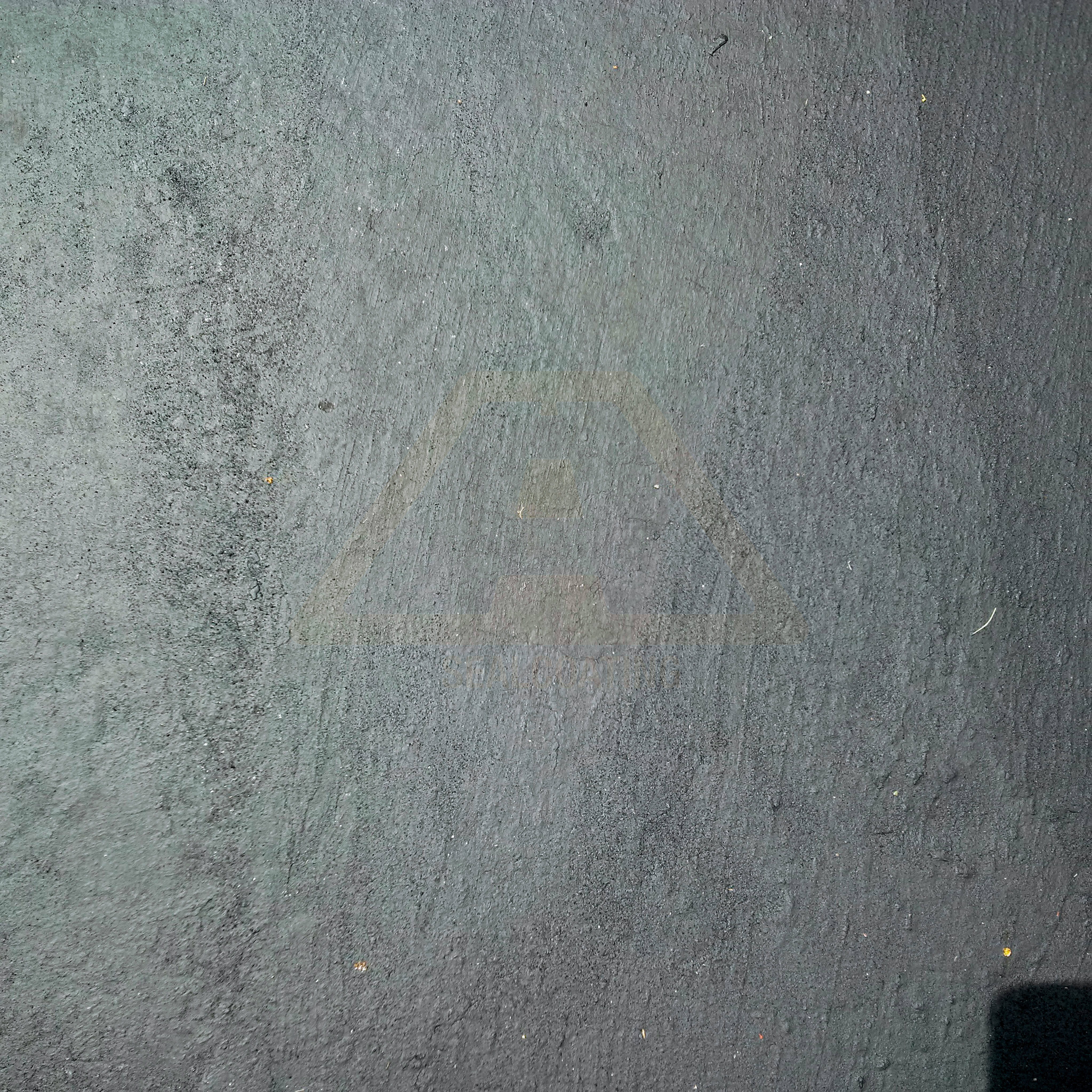

Coal TarĬoal tar is produced as a byproduct when creating coal gas. It’s a very adhesive material, great for binding construction items together. The most common type of rock used in this process is shale. Mineral tar is produced from rocks with a high amount of bitumen in them. This type of tar is best used for preserving wood. When creating wood tar, you distill a resinous wood until it releases creosote oil. Each type of tar has different qualities. Tar typically comes in three different forms: wood tar, coal tar, and mineral tar. It’s most commonly used for wood preservation and paving.

Tar is a liquid with a very high carbon content, more so than bitumen. Once you’ve created the material, it’s a great choice for insulation material. To make blown bitumen, subject the material to high temperatures and high pressures. This material is used to fill in cracks and breaks in between stonework and masonry. If you need a good sealant, plastic bitumen is the way to go. It’s mostly used as a stabilizing material. To produce this material, finely grind bitumen and mix it with an aqueous solution. Bitumen Emulsionīitumen emulsion is made very differently from asphalt emulsion. Cutback BitumenĬutback bitumen is produced by distilling asphaltic bitumen and adding in petroleum. There are four main types of bitumen, and similar to asphalt, each type has its own uses. You can create bitumen by partially distilling petroleum. It’s made up mostly of carbon, with a small percentage of hydrogen and oxygen as well. So you’ve heard us mention bitumen a few times already, but what exactly is it? Bitumen is a material known as mineral tar. It’s a very solid material, making it great for waterproofing. This type of asphalt is created by using heated asphalt and adding minerals and sand. This creates a material that is great for use in flooring and roofing. Asphalt CementĪsphalt cement is created by applying very hot, very high pressure air to natural asphalt. When obtained, it is frequently used for building projects in cold weather and wet climates. Asphalt EmulsionĪsphalt emulsion must be created using a small amount of emulsifier and a large amount of water.

It is typically used in paint solutions or for repairing roofs. Cutback AsphaltĬutback asphalt is a purely liquid form of asphalt. In addition to the two types of asphalt, there are several forms that asphalt may take. In addition to natural asphalt, residual asphalt is made by distilling an asphalt based petroleum. This type of natural asphalt will typically be used for tiles.


 0 kommentar(er)
0 kommentar(er)
